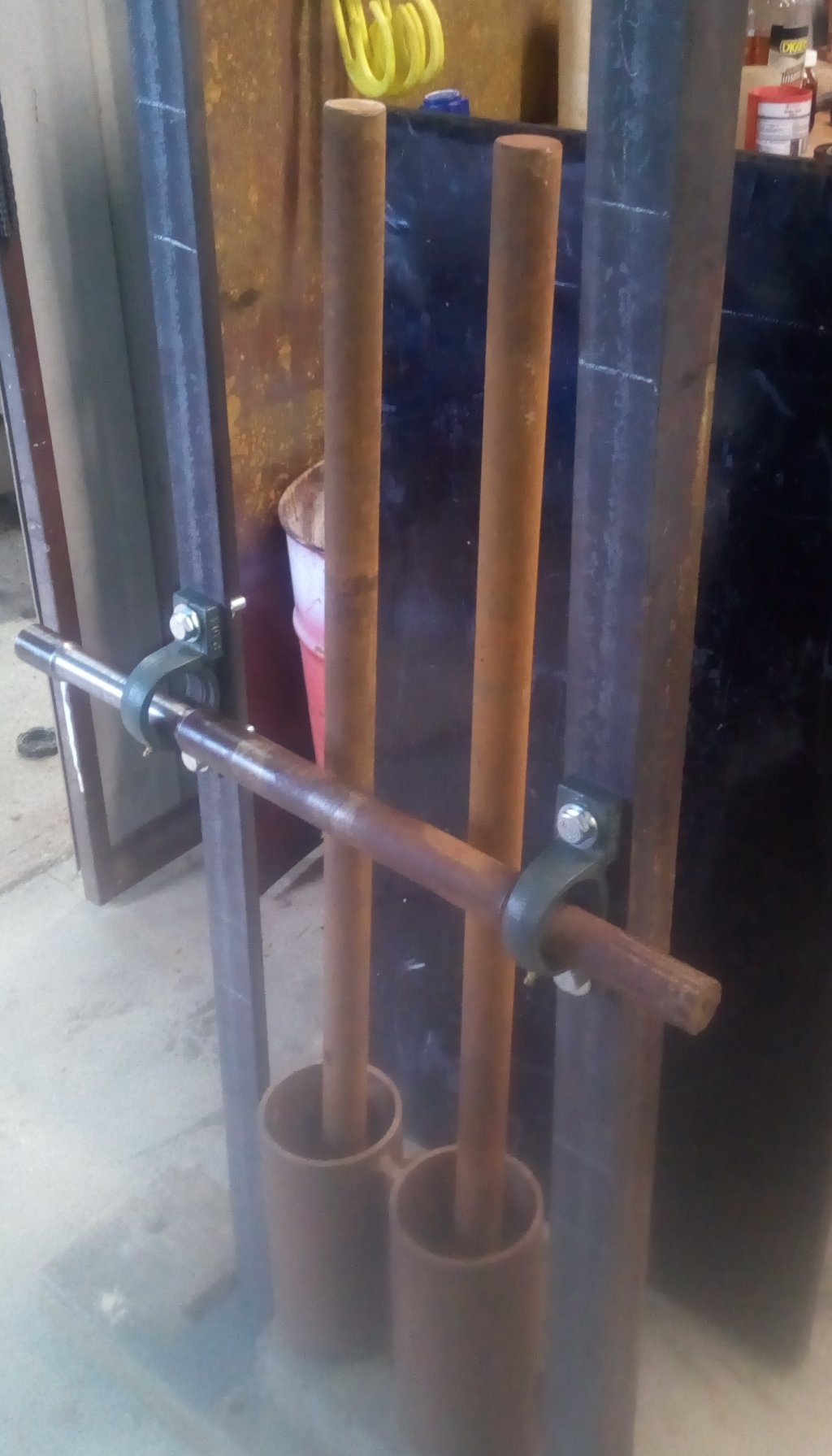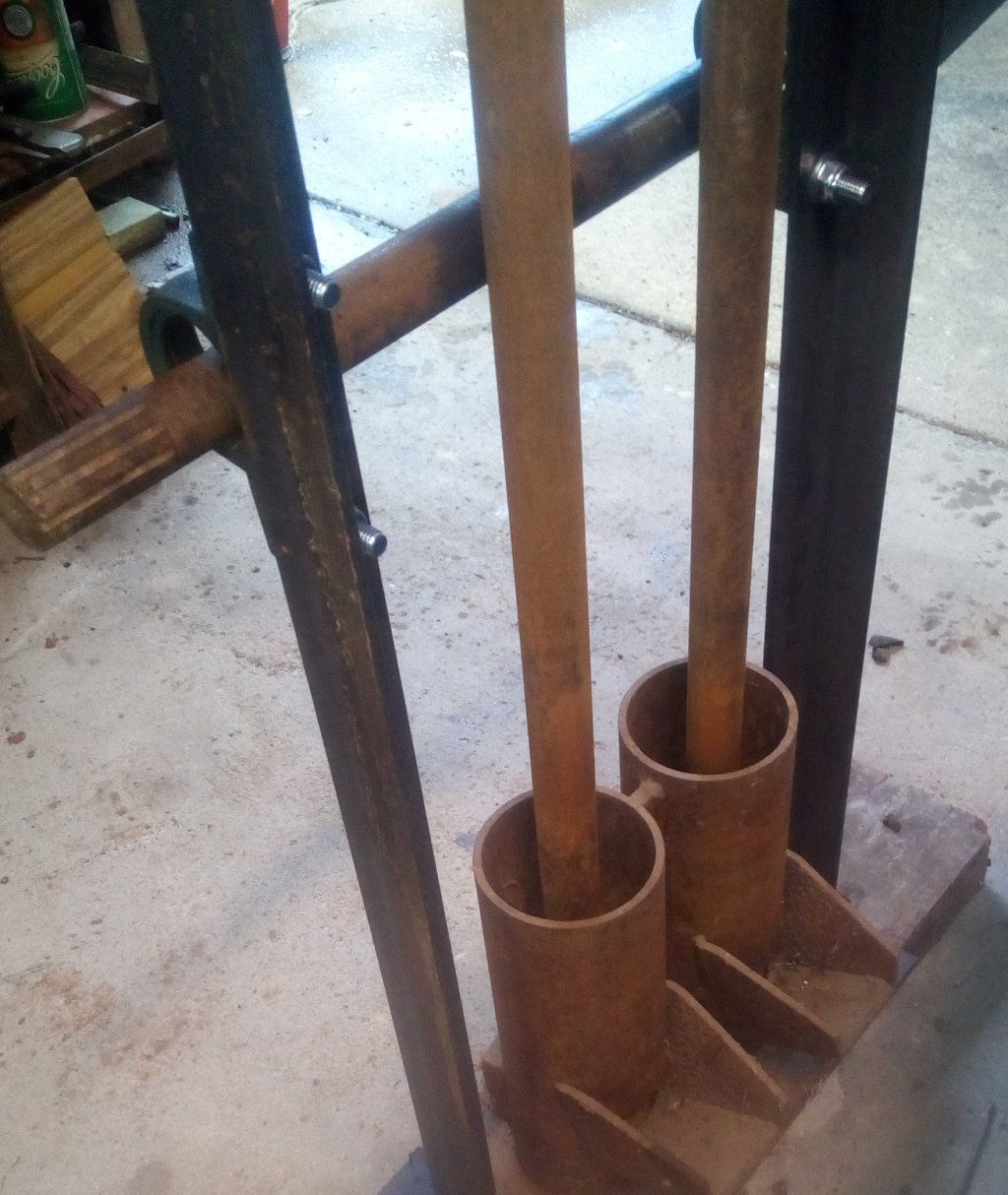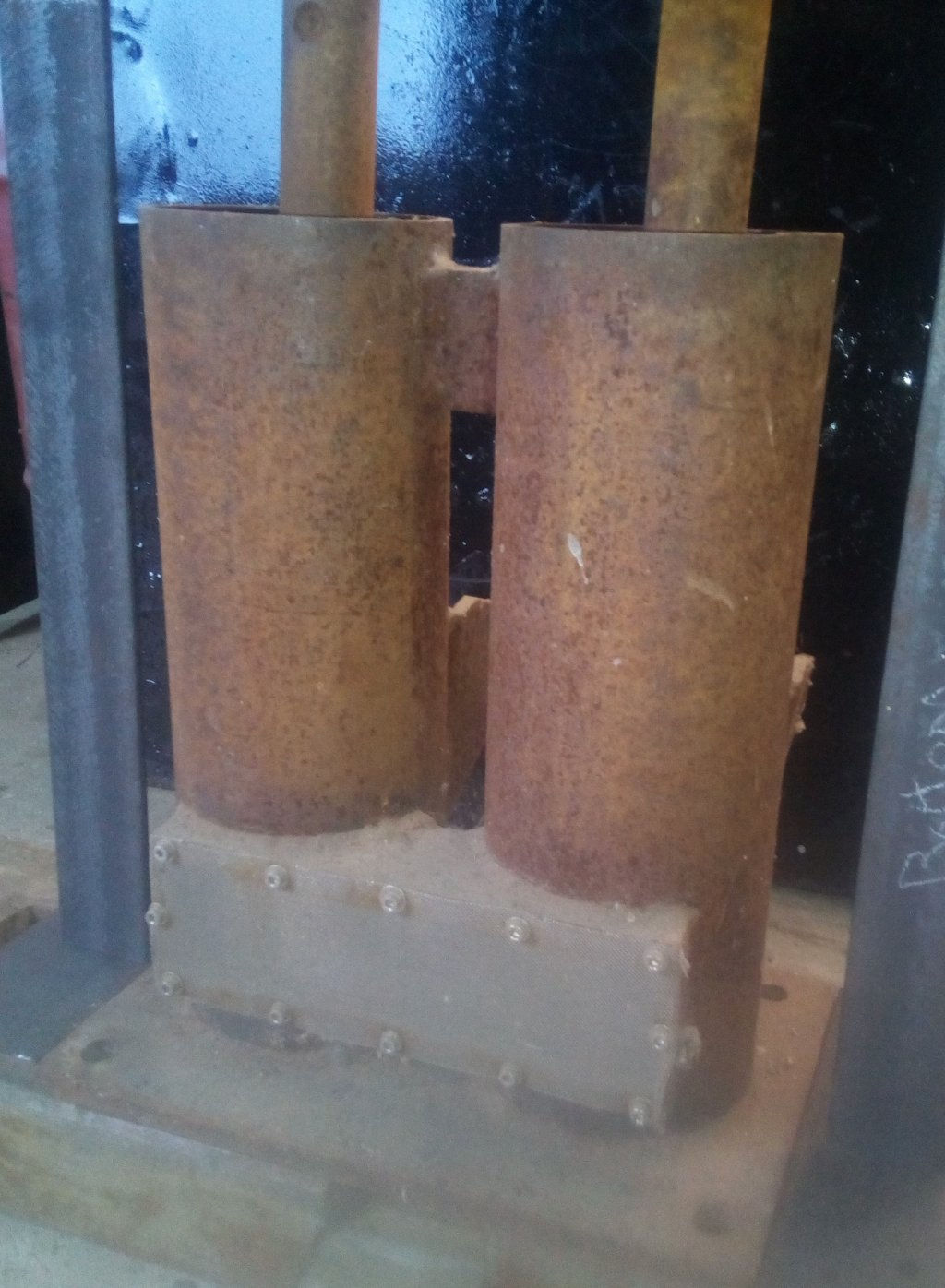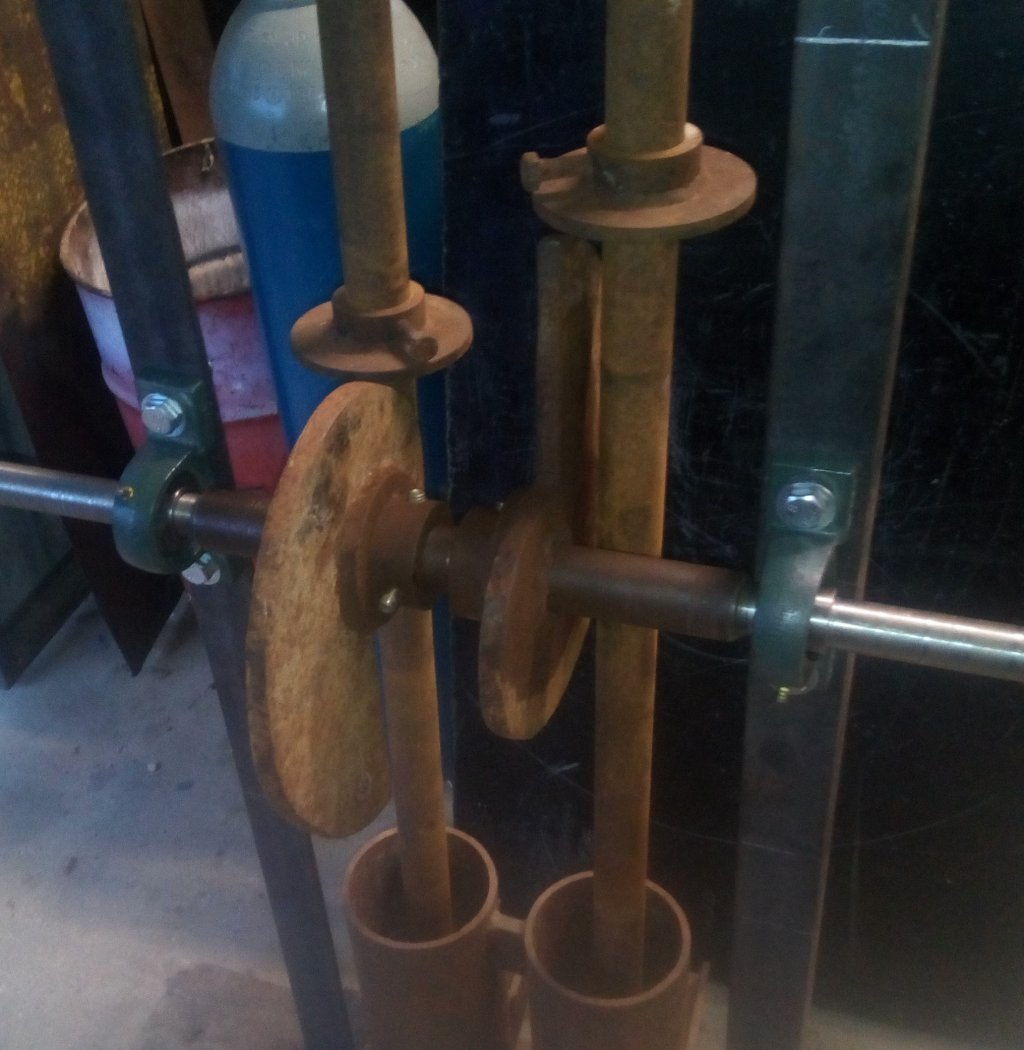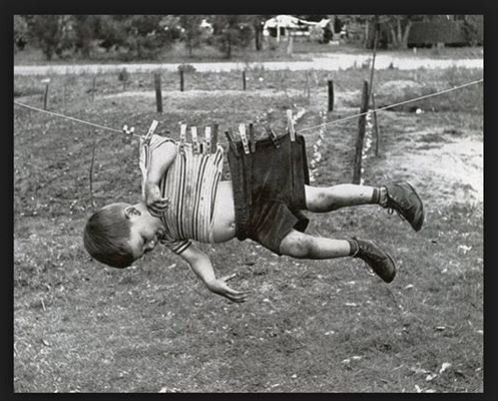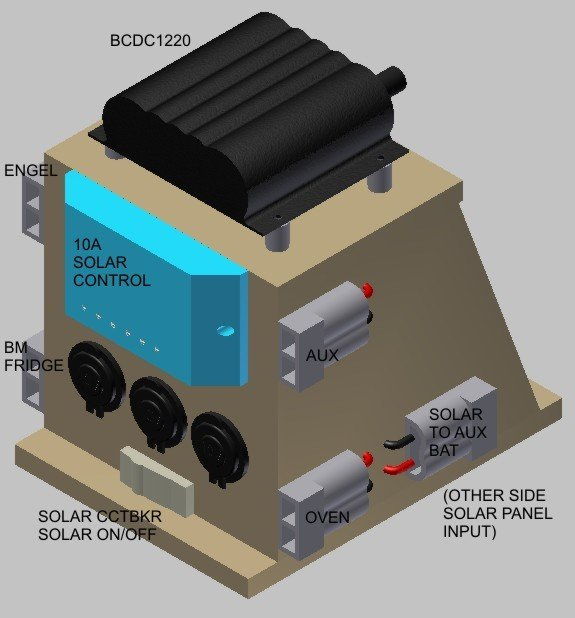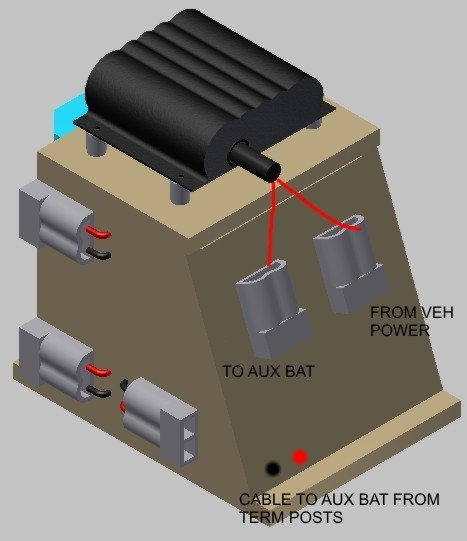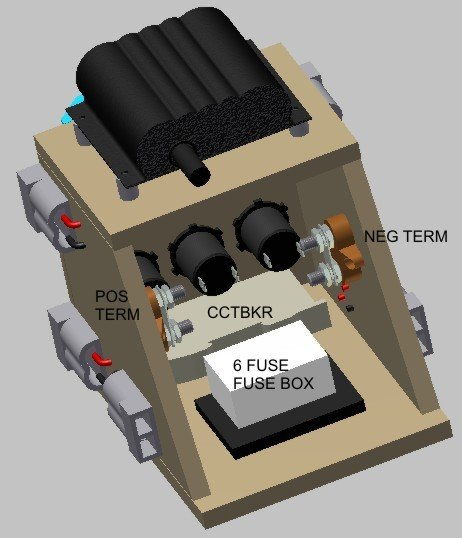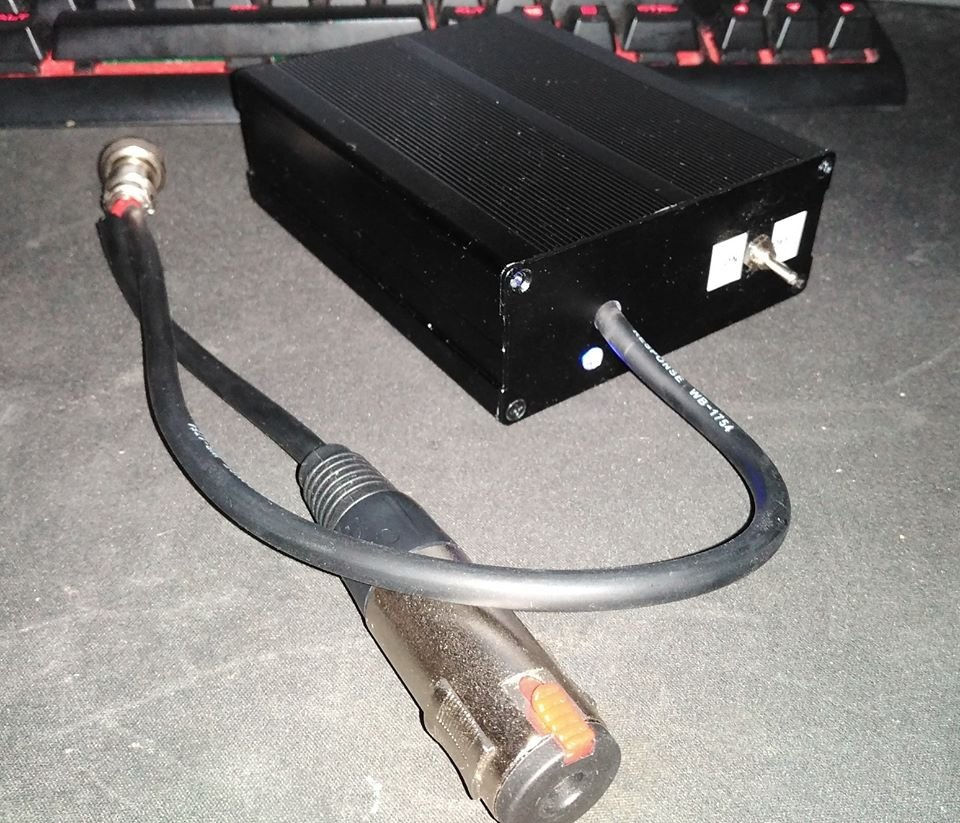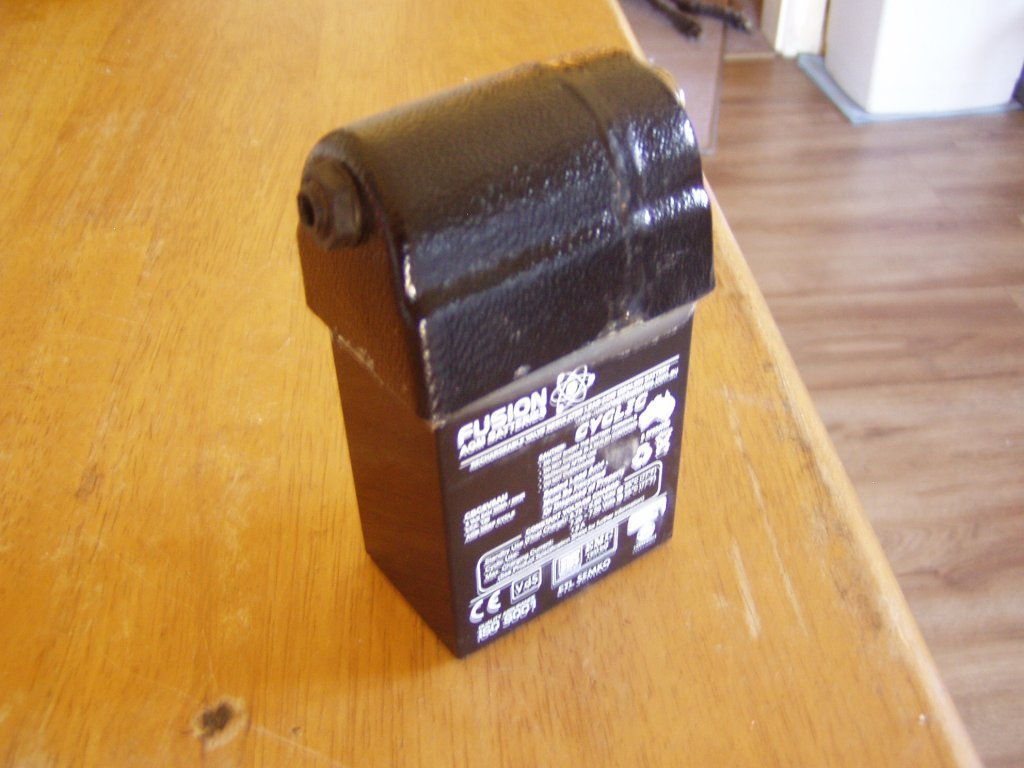With Ref to my above project - (I could put this in my other Topic on Bush Power, but it's relevant to the power box here)
The pic below show a simple block diagram detailing 2 ways to connect up a DC circuit of battery, charging and loads. (Keep in mind that the DC-DC charger and Solar panel are switchable, so one or the other.)
As to what and why -
Diag. 1 (ignoring earth/-) shows all positive wires going to a terminal block, then to the battery.
Diag. 2 shows each positive wire going individually to the battery.
They are both similar in that, everything is connected to the battery. Where they differ;
1. Diag 1 - The lead from the terminal post to the battery carries the sum total of any charging and or loads. So it needs to be of a gauge and fuse to carry that total.
2. Diag 2 - As each lead goes to the battery, it needs only to be of a gauge and fuse to carry that specific load.
These are minor differences that using the correct gauge wire will accommodate. However, the important difference is - In Diag. 1 the charging and loads can interact with each other without the battery (electric current takes the easiest path to form a circuit). Which means that if there were a spike in output from solar or DC-DC it gets applied directly to the load. In Diag. 2 each charging source is connected to the battery, here a spike is cushioned by the large resistance of the battery before being applied to the load.
This is an over simplification in explanation, but relevant to which is the preferred way to connect. Definitely Diag 2. lol.
In the case of the loads, in my instance, I have 1 and at times 2 fridges (7.5 A), a 12 V oven (6 A), 3 x Cig sockets (Total up to 15 A) and an Auxiliary Anderson output (water pump @ 4 A). Here I will be "ganging" the wiring to a degree. Each Load Pos (+) wire of the correct gauge will go to a Fuse Block with the correct Fuse for the device. The Feed from the battery will be one wire to the fuse block. That wire will need to be able to carry the total current of the attached devices (33-34 A). As the distance from fuse block to battery is < 40 cm, 6 mm sq should do. I would almost never use all outputs at once, but, needs to be designed for that. Hope this helps...

